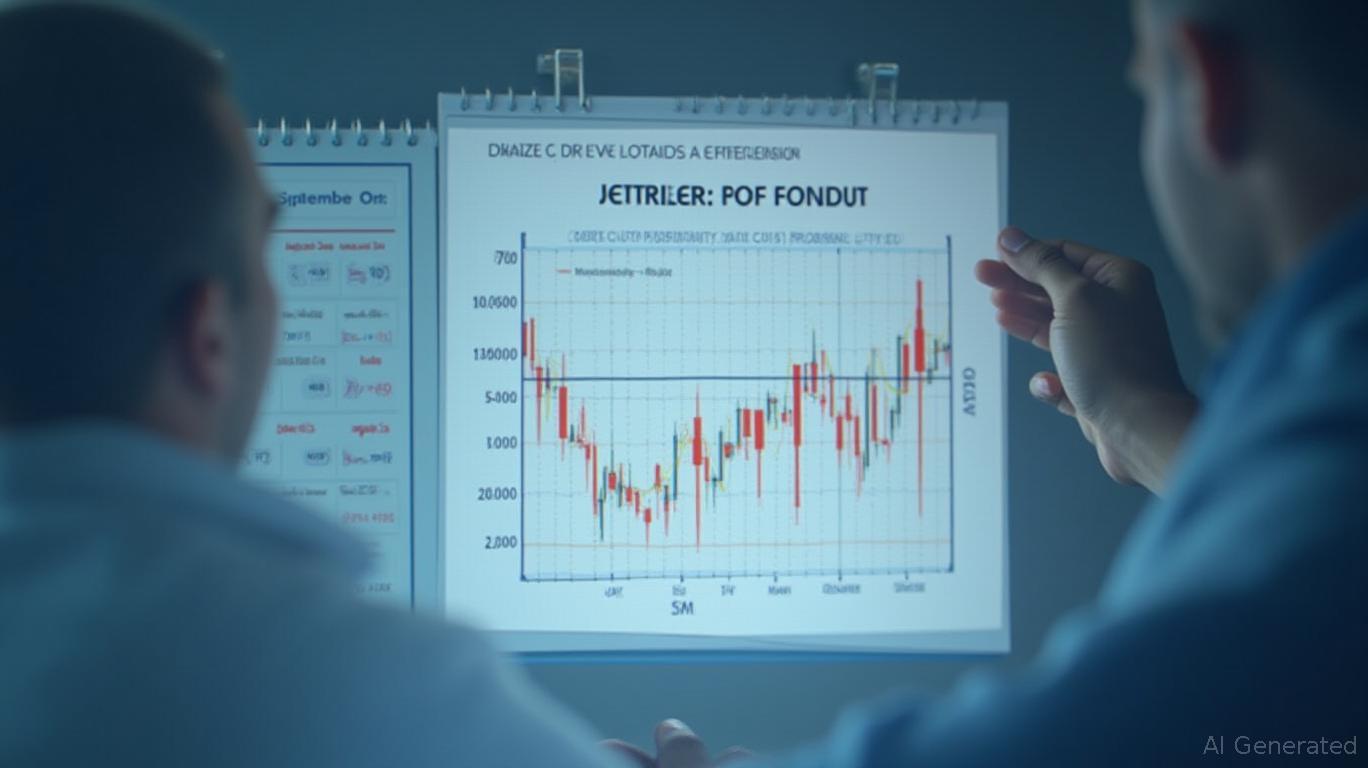RadNet Navigates Stormy Weather with AI-Driven Growth in Q1 2025
RadNet, Inc. (NASDAQ: RDNT) delivered a quarter of contrasting forces in Q1 2025: robust revenue growth met operational headwinds, while strategic moves in artificial intelligence (AI) positioned the company for long-term dominance in diagnostic imaging. The results underscore RadNet’s dual identity as both a resilient healthcare operator and a tech-driven innovator—though navigating the latter’s pitfalls will be critical to sustaining investor confidence.
Ask Aime: "Will RadNet's strategic AI moves boost revenue growth?"

Revenue Growth Masks Near-Term Pain
RadNet’s top-line performance was undeniably strong, with total revenue climbing 9.2% to $471.4 million, fueled by its expanding digital health segment. This division, which now includes AI-driven platforms like DeepHealth’s SmartMammo Dx, saw revenue surge 31.1% to $19.2 million—a clear indicator of demand for AI-enhanced diagnostic tools. However, profitability took a hit: adjusted EBITDA plunged 20.6% to $46.4 million, primarily due to disruptions from Southern California wildfires and severe winter weather. These events cost the company an estimated $22 million in lost revenue and $15 million in EBITDA.
Ask Aime: Can AI-enhanced diagnostic tools boost RadNet's future?
The net loss widened dramatically to $37.9 million, compared to a $2.8 million loss in Q1 2024, largely due to one-time acquisition costs and weather-related expenses. Yet, management framed these as non-recurring issues, revising full-year guidance upward to reflect optimism about recovery. This suggests confidence in underlying demand for RadNet’s services, particularly as its AI initiatives gain traction.
Strategic Moves Signal Future Growth
The acquisition of iCAD, Inc. stands as RadNet’s boldest move this quarter. iCAD’s ProFound AI platform, which specializes in breast cancer detection, directly complements DeepHealth’s offerings. The combination aims to create a dominant position in AI-driven mammography, a market projected to grow at over 12% CAGR through 2030.
Beyond acquisitions, RadNet’s DeepHealth subsidiary expanded its FDA clearances and partnerships. A notable win was integrating SmartMammo Dx with GE’s Senographe Pristina systems, broadening its reach in a fragmented market. Additionally, collaborations with ONRAD and CARPL.ai highlight efforts to build an ecosystem of AI-driven diagnostic tools, while its new Bengaluru office signals ambition in high-growth markets like India.
Analyst Takeaways: Risk and Reward in Balance
Financial analysts are split on the quarter’s implications. Bulls point to the 9.2% revenue growth and upward guidance revision as proof of RadNet’s market strength. The iCAD deal, if successfully integrated, could deliver synergies worth hundreds of millions in long-term value. Bears, however, note execution risks: weather-related losses and the net loss expansion highlight vulnerabilities in a company increasingly reliant on complex technology integrations.
Market research firms emphasize the strategic logic behind RadNet’s AI push. The global AI in healthcare market is expected to hit $150 billion by 2030, with diagnostic imaging among the fastest-growing segments. RadNet’s investments here are timely, but success will depend on execution—ensuring AI solutions like ProFound and SmartMammo Dx deliver measurable improvements in accuracy and cost efficiency.
Conclusion: Betting on AI’s Long Game
RadNet’s Q1 results are a reminder that innovation often comes with volatility. The company’s revenue growth and upward guidance revisions suggest a solid foundation, yet its current struggles—weather-related and otherwise—highlight execution challenges. Investors should weigh two key data points:
1. Revenue Momentum: The 9.2% growth in a quarter disrupted by $22 million in weather-related losses hints at organic strength. If the full-year guidance of $1.95–2.0 billion is achieved, it would mark a 10–11% annualized revenue growth rate since 2023.
2. Synergy Potential: The iCAD acquisition’s $150 million price tag (based on recent stock valuations) must be offset by cost savings and new revenue streams. If the combined AI platforms boost margins by even 2–3%, the deal could pay off handsomely.
For now, RadNet’s stock (RDNT) appears to be pricing in cautious optimism—trading near its 52-week high despite the Q1 earnings miss. The path forward hinges on two factors: operational resilience in the face of external shocks and the speed at which AI synergies materialize. If RadNet can navigate both, it may well emerge as the leader in an AI-dominated diagnostic landscape. The next 12 months will be pivotal.
Data Note: For real-time RDNT stock performance or detailed financial metrics, consult financial platforms like Yahoo Finance or Nasdaq.










